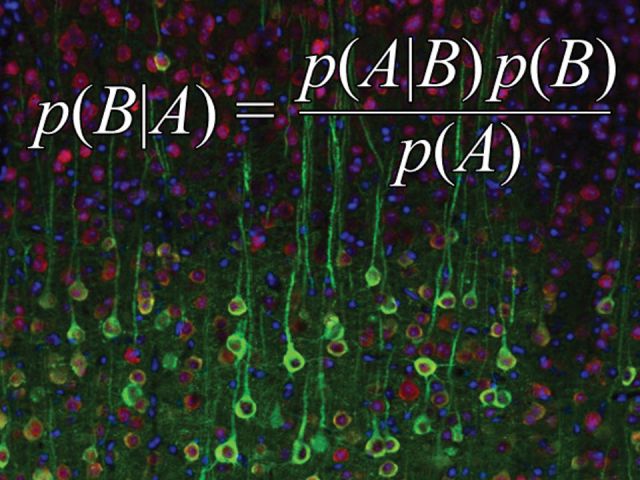
Predictive coding of sensory information
Imagine you return home one day to find that someone has re-arranged all of your furniture. Although we rarely spend time checking the position of our furniture, you would notice immediately. Why is this?
Theorists have posited that our brain makes dynamic predictions about our environment based on our past experiences. When those predictions are violated by incoming sensory input, it immediately grabs our attention. This could be implemented by the neocortex in the form of “predictive coding”, in which feedback projections from higher regions carry predictions about the incoming input from lower regions, and mismatches between the predicted and actual input are somehow represented in the form of "prediction errors".
Although there is abundant electrophysiological evidence that prediction errors elicit atypical cortical responses, we know very little about how the predictions are coded at the level of the cortical microcircuit. For example, what effect do prediction errors have on local cortical activity? And do prediction errors cause sensory information to propagate farther up the cortical hierarchy? To investigate these questions, my lab uses a combination of widefield and 2-photon calcium imaging to delineate the role of identified neurons in predictive coding of sensory input.